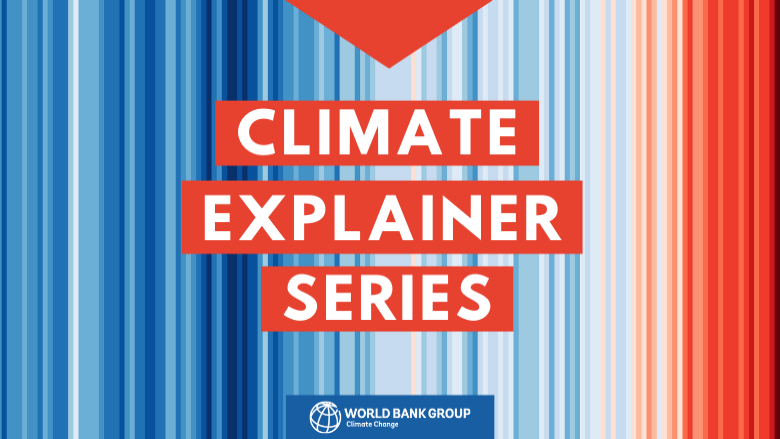What is “Blue Carbon”?
Blue Carbon is the term coined for carbon dioxide (CO2) stored in the world’s coastal and marine ecosystems such as mangroves, saltmarshes, and seagrasses. It’s called “Blue” Carbon because of its proximity to the ocean: it is stored mostly in the soil and silt up to 6 meters under the seabed.
Besides coastal Blue Carbon, there is also “deep sea carbon”. Each type is measured using a specific methodology to understand its impacts and benefits. The World Bank Group focuses on coastal Blue Carbon, namely mangroves, tidal marshes, and seagrasses, which come with accounting methodologies recognized by the Intergovernmental Panel on Climate Change (IPCC). Additional habitats may be added in the future.
Blue Carbon is the term coined for carbon dioxide (CO2) stored in the world’s coastal and marine ecosystems such as mangroves, saltmarshes, and seagrasses.
Why is Blue Carbon important?
Oceans are the largest heat sink on the planet, absorbing 90% of the excess heat caused by climate change and 23% of human-caused CO2 emissions. Blue Carbon is critical because of the multiple benefits that it offers.
First is the huge storage capacity of Blue Carbon coastal ecosystems. They cover just 2% of the total ocean surface, but account for 50% of the ocean’s carbon absorption. For example, one hectare of mangroves stores five times more carbon than a similar area of forest on land. Seagrasses are another type of coastal ecosystem critical for carbon storage. Stopping seagrass destruction and degradation worldwide could save up to 650 million tons of CO2 emissions annually, roughly equivalent to the entire annual emissions of the global shipping industry.
Second are the benefits that protecting and restoring these ecosystems have on making people and communities more resilient, such as reduction in flooding and erosion, storm protection, and increased job creation and food security. Our last Changing Wealth of Nations report calculated that mangrove ecosystems protect more than 6 million people from flooding annually and prevent losses of $24 billion in productive assets.
Third is the potential for healthy mangroves, seagrasses, and saltmarshes to generate high quality carbon credits, which, once verified and sold through transparent carbon markets, can earn additional income for local communities.
In spite of their multiple benefits, coastal areas storing Blue Carbon have been seriously eroded, with more than 50% of the world’s original salt marshes lost during the 20th century. Up to 35% of mangroves were destroyed through deforestation in the 1980s and 1990s, and an estimated 25% of total seagrass beds lost to date.
The World Bank, with support from the PROBLUE trust fund, has developed a Blue Carbon Readiness Framework to empower governments to reverse these trends. The framework is a step-by-step guide on how to support investment in Blue Carbon to benefit people and economies and enable countries to meet their climate commitments under the Paris Agreement.
Our last Changing Wealth of Nations report calculated that mangrove ecosystems protect more than 6 million people from flooding annually and prevent losses of $24 billion in productive assets.

